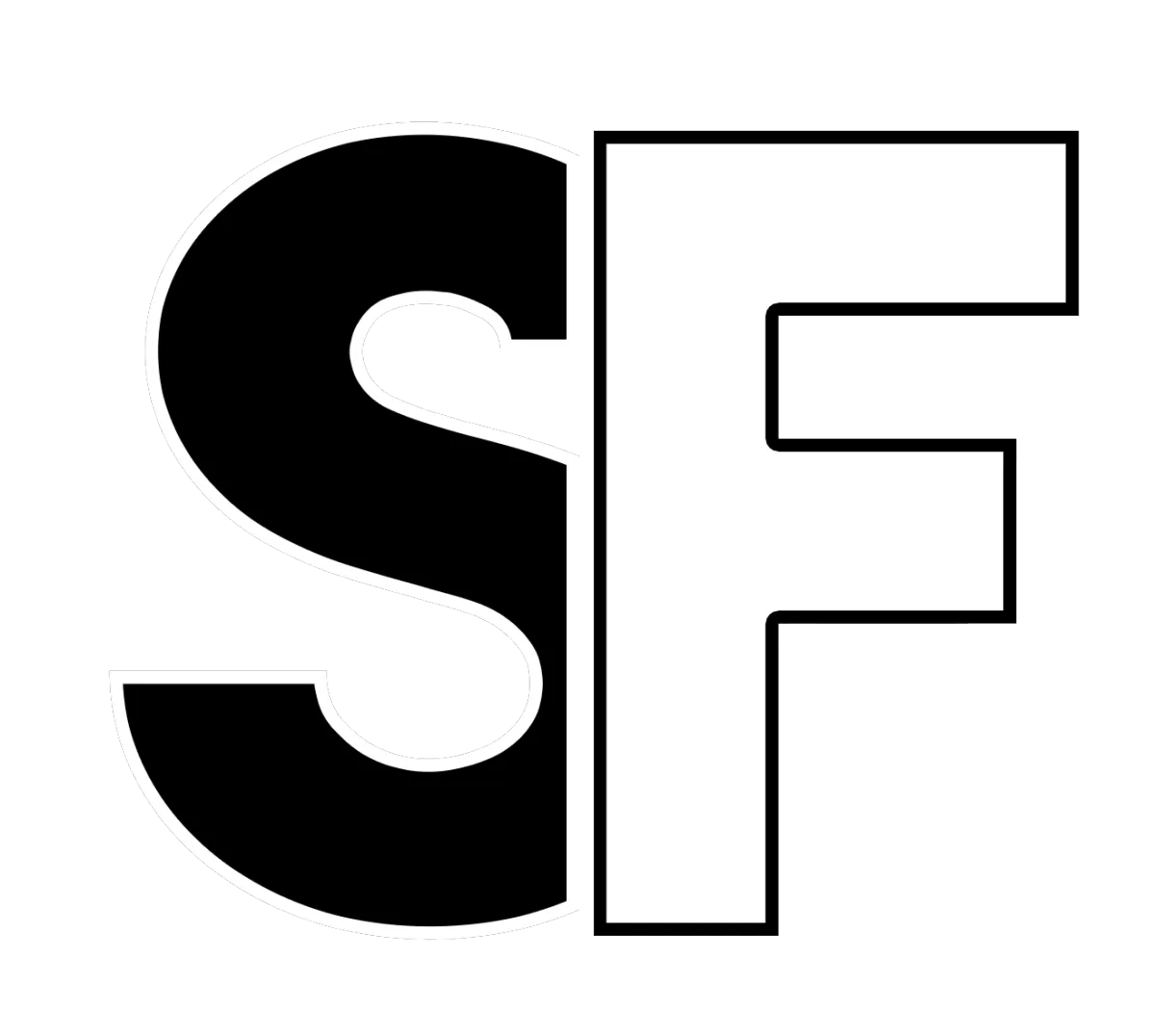
Unlocking Your Path to Freedom: A Comprehensive Guide to Personal and Financial Liberation
Unlocking Your Path to Freedom: A Comprehensive Guide to Personal and Financial Liberation
Are you yearning for a life of true freedom? One where you're not bound by financial constraints, societal expectations, or self-imposed limitations? You're not alone. In this comprehensive guide, we'll explore the multifaceted concept of freedom and provide you with practical strategies to break free from the shackles holding you back. Whether you're seeking financial independence, personal growth, or a more fulfilling lifestyle, this article will serve as your roadmap to liberation.
Understanding the Essence of Freedom
Before we dive into the practical steps, it's crucial to understand what freedom really means. Freedom isn't just about having enough money or being able to travel the world. It's a state of mind, a way of living that allows you to make choices aligned with your true self.
According to a study by the University of Pennsylvania, people who feel a sense of personal freedom report higher levels of life satisfaction and overall well-being. This underscores the importance of pursuing freedom in all aspects of life.
Financial Freedom: The Foundation of Independence
While money isn't everything, financial stability is undeniably a crucial aspect of freedom. Here's how you can work towards financial independence:
a) Create a Solid Budget Start by tracking your expenses and creating a realistic budget. The 50/30/20 rule is a good starting point: 50% for needs, 30% for wants, and 20% for savings and debt repayment.
b) Eliminate Debt Debt is one of the biggest obstacles to freedom. Prioritize paying off high-interest debt using methods like the debt avalanche or debt snowball.
c) Build Multiple Income Streams Diversifying your income sources provides security and accelerates your path to financial freedom. Consider side hustles, passive income opportunities, or investments.
d) Invest Wisely Learn about different investment options and create a diversified portfolio. According to Vanguard, a well-diversified portfolio can potentially reduce risk while maintaining returns (https://investor.vanguard.com/investor-resources-education/portfolio-management/benefits-of-diversification).
Personal Growth: Expanding Your Horizons
True freedom involves continuous personal development. Here's how you can grow:
a) Cultivate a Growth Mindset Embrace challenges and view them as opportunities for learning. Research by Stanford psychologist Carol Dweck shows that a growth mindset leads to greater achievement and success (https://www.mindsetworks.com/science/).
b) Prioritize Learning Invest in your education, whether through formal courses, books, or online resources. Platforms like Coursera and edX offer a wide range of courses to expand your knowledge.
c) Practice Self-Reflection Regular self-reflection helps you understand your values, goals, and areas for improvement. Consider keeping a journal or practicing meditation.
Lifestyle Design: Creating a Life You Love
Freedom isn't just about escaping from something; it's about creating a life you're excited to live.
a) Identify Your Passions Take time to explore different interests and activities. What lights you up? What makes you lose track of time?
b) Embrace Minimalism Decluttering your physical space and simplifying your life can lead to greater mental clarity and freedom. The minimalism movement has gained traction for its potential to reduce stress and increase happiness (https://www.psychologytoday.com/us/blog/the-psychology-minimalism).
c) Consider Alternative Lifestyles Explore options like digital nomadism, tiny house living, or homesteading. These alternative lifestyles can offer unique paths to freedom.
Breaking Free from Societal Expectations
True freedom often requires challenging societal norms and expectations.
a) Define Your Own Success Don't let others define what success means for you. Take time to reflect on what truly matters to you.
b) Practice Authenticity Be true to yourself, even if it means going against the grain. Research shows that authenticity is linked to greater well-being and life satisfaction (https://www.ncbi.nlm.nih.gov/pmc/articles/PMC5754444/).
c) Surround Yourself with Supportive People Build a community of like-minded individuals who support your journey to freedom.
Overcoming Fear and Limiting Beliefs
Often, the biggest obstacles to freedom are in our own minds.
a) Identify Limiting Beliefs Recognize thoughts that hold you back. Are they really true, or are they just assumptions you've internalized?
b) Practice Courage Taking small, brave actions every day can help build your courage muscle. Remember, courage isn't the absence of fear, but action in spite of it.
c) Embrace Failure as a Learning Opportunity Reframe failures as valuable lessons. This mindset shift can free you from the paralysis of perfectionism.
Maintaining Freedom: Sustainability and Balance
Achieving freedom is one thing; maintaining it is another. Here's how to sustain your freedom:
a) Practice Gratitude Regular gratitude practice can help you appreciate the freedom you've achieved and motivate you to continue your journey.
b) Stay Flexible Be willing to adapt your strategies as your circumstances and goals change.
c) Give Back Helping others achieve freedom can be incredibly fulfilling and can reinforce your own sense of liberation.
Conclusion
The journey to freedom is deeply personal and multifaceted. It requires dedication, courage, and a willingness to challenge the status quo. By focusing on financial independence, personal growth, lifestyle design, and overcoming internal and external obstacles, you can create a life of true freedom.
Remember, freedom isn't a destination, but a continuous journey of growth and self-discovery. Start taking steps today towards the free life you envision. Your future self will thank you for embarking on this transformative path.